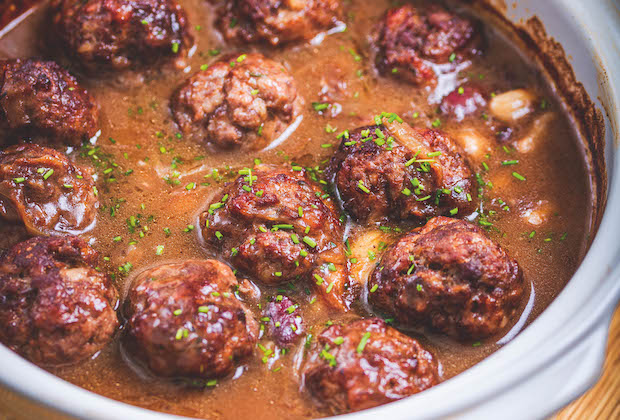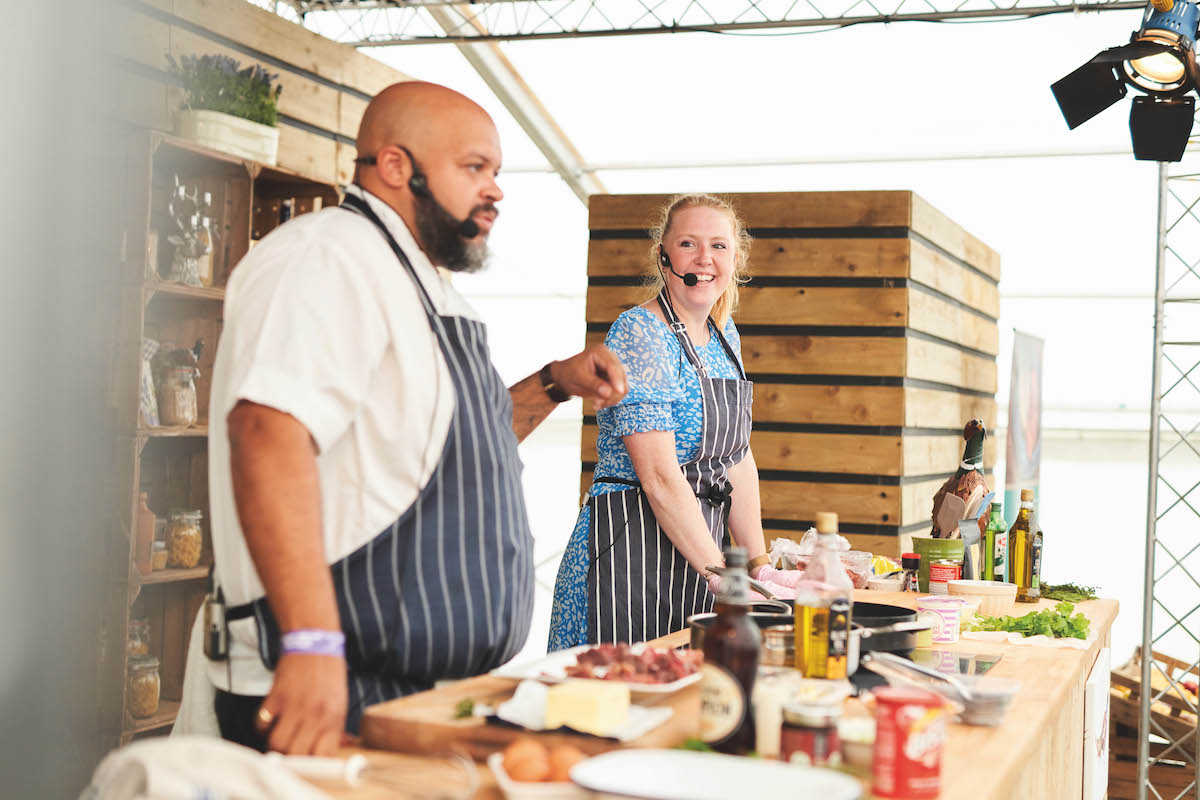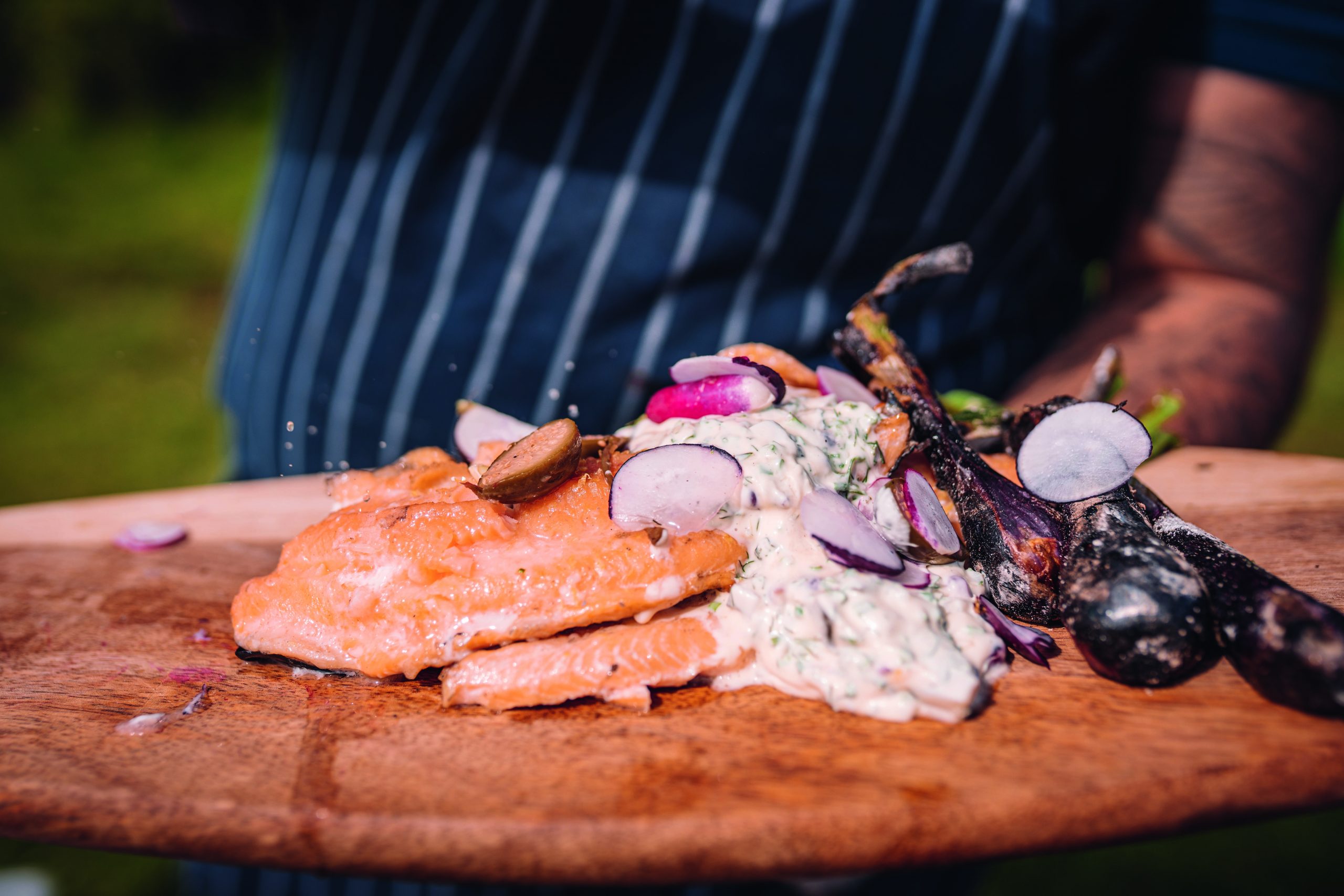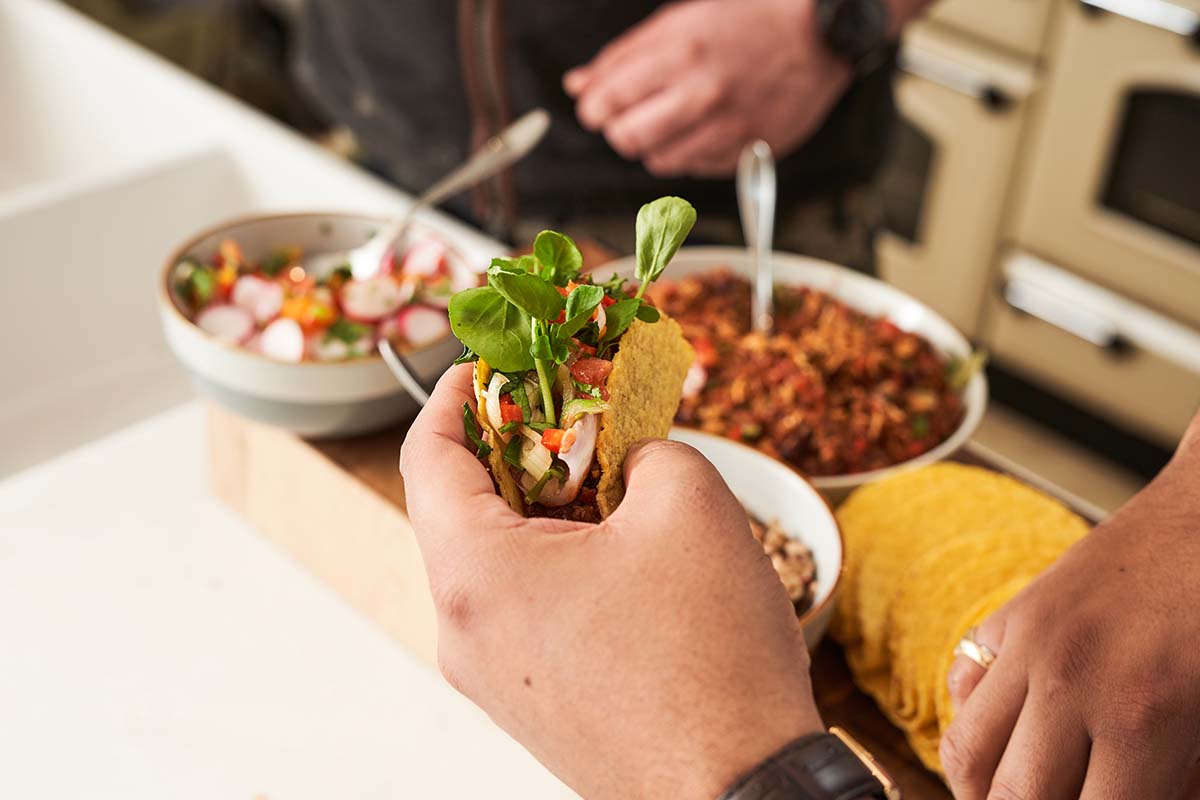A recipe for meatballs made with game
The secret to cooking game meat is to choose a cut to suit the recipe and José Souto has a delicious meatball recipe ideal for ‘second-class’ parts’. Makes 10.

Game meatballs
The best meat for game meatballs
Whenever I use mixed game as dice for a stew or as meat to be minced, I look to the tough cuts that have more flavour and take longer to cook. We call these the second-class cuts. To cook second-class cuts, you need second-class methods that break down the connective tissue, such as braising, boiling and stewing.
All these methods work on a long, slow and low-temperature principle that breaks down the sinew, turning it to jelly. This makes tough meat more digestible and helps it to remain moist. Mincing also tenderises the meat by breaking it up and allowing it to cook more quickly, retaining the flavour and again not allowing it to go dry. People do not see duck, pheasant or even rabbit or hare as having second-class and first-class cuts, but they do.
- On a gamebird, the second-class cuts are in the legs — drumsticks and thighs. These are the parts of the body that work hard, so they develop more flavour but are tougher.
- On a pheasant, the thick, bone-like sinews need to be removed as these will not cook, but on most other birds simply remove the skin and mince the meat.
- With rabbits and hares, second-class meat is the legs and everything apart from the loin or the middle of the back.
As with breast meat of gamebirds, the loin is tender and needs very little cooking. Using long, slow, second-class methods to cook this will make it dry and tough. This is a common mistake — cooking first-class cuts too long and second-class not long enough. We are too used to looking at a chicken or a hutch rabbit and cooking it with no regard to the time needed to cook different pieces. That’s because these are young, intensively farmed animals that do not move around much. They are tender all-round and lack the flavour of older animals.
The secret is recognising that game is different and understanding which parts need more cooking and which parts are more tender so need less cooking. Once you understand this, you can work out which part of the animal will work for the recipe you want to recreate. During the season, I normally prepare all the game and freeze the breasts separate from the legs. This gives me direct access to what I want for a particular recipe.
Game meatballs with beans, red wine and onion sauce
For this game meatballs recipe, I am using pheasant, partridge and rabbit legs that I have minced once. Mincing once gives a more meaty meatball, but if the preference is for a smoother texture, then mince the meat twice to break it up a bit more.
Ingredients
- 700g game mince (from any second-class cut of gamebird, rabbit or hare)
- 350g sausage meat
- 350g minced bacon or gammon
- 100g chestnuts, roughly chopped to 5mm pieces
- 2tsp fresh thyme, chopped
- 60g butter
- vegetable oil
- 2 large onions finely sliced
- 2 garlic cloves, finely chopped
- 35g plain flour
- 100ml red wine
- 1.5lt dark chicken stock or game stock
- 125g cooked cannellini beans
- 125g cooked kidney beans
Method
- Place the minced game, sausage meat and bacon in a bowl. Add the chestnuts and the thyme. Mix well, so that all ingredients are incorporated, and season.
- Divide the meat up to make 50g meatballs. It should make 30. Melt 30g of butter in a pan with a little oil, then quickly fry the meatballs to give them a bit of colour, but do not cook them further. Remove from the pan and put to one side. Add the remaining butter to the pan. When hot, add the onion and fry until soft and golden brown. Then add the garlic and cook for another three minutes.
- Add the flour and cook out for five minutes. Stir in the red wine and add the stock, stirring continuously until it is a smooth, light sauce.
- Put the meatballs into the sauce, cover and put in the oven at 180°C for 10 minutes. Mix in the beans and place back in the oven, uncovered, for eight minutes. Serve with mash.








